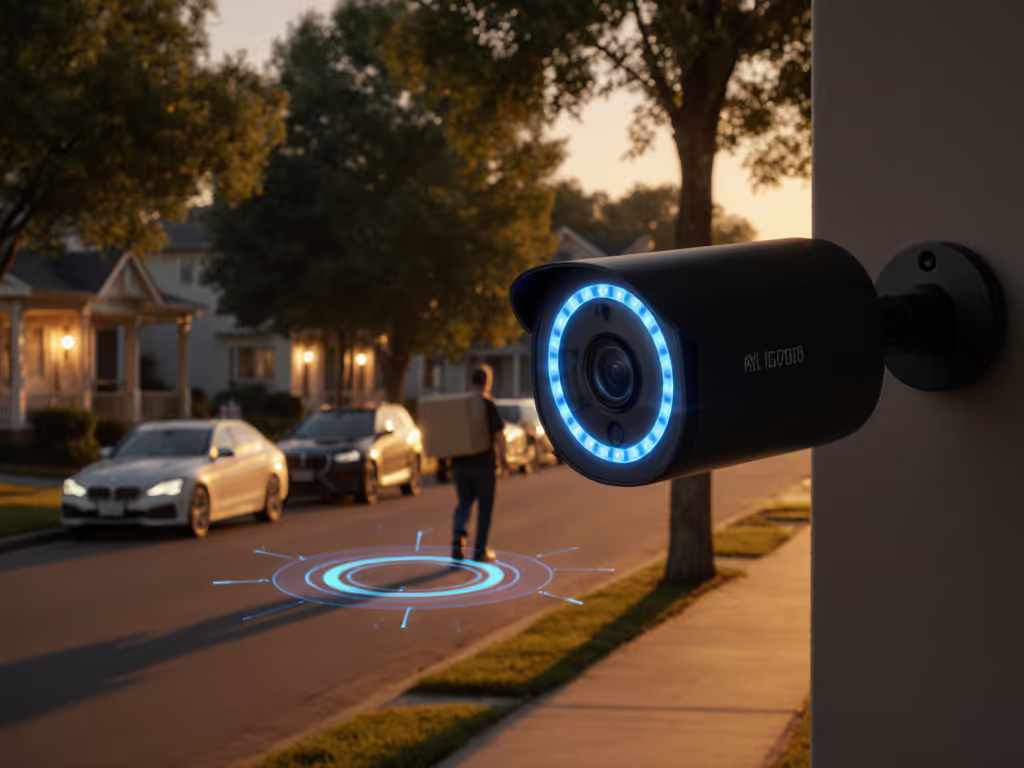
Escape Vendor Lock-In: ONVIF Compliance for Security Cameras
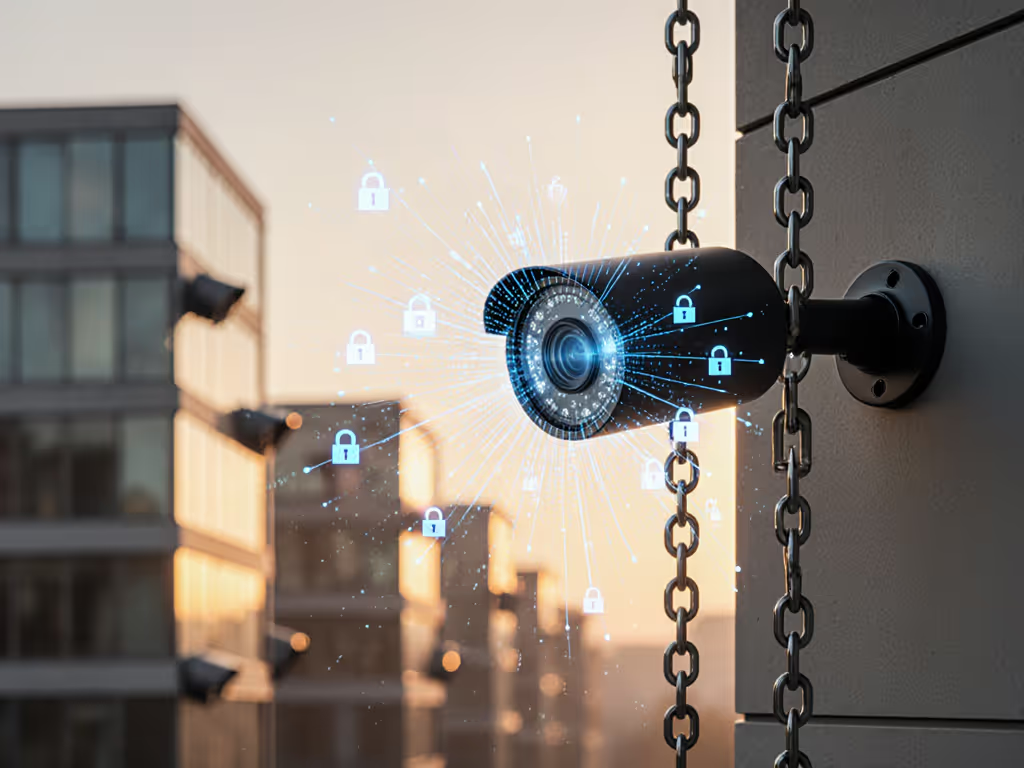
When evidence matters, your camera system shouldn't have brand loyalty. ONVIF compliance security cameras provide the interoperability backbone that transforms isolated devices into a unified evidence chain. Camera interoperability standards like ONVIF prevent the critical failure point where proprietary ecosystems fracture during investigations, leaving you with footage that's technically present but unusable in context. This isn't about feature checklists; it's about building systems where clarity, timing, and exportability survive real-world scrutiny.
Why Vendor Lock-In Undermines Evidence Integrity
Most homeowners and small businesses don't realize their "smart" security system is a gilded cage until they try to expand it. For small operations planning to scale, compare business security camera costs to avoid hidden ecosystem fees. Proprietary NVRs often reject third-party cameras outright, forcing you to either:
- Replace entire systems at massive cost when adding coverage
- Accept incompatible footage that won't sync timecodes or export universally
- Rely on manufacturer-specific apps that corrupt evidence chains during sharing
This lock-in directly violates a core principle in evidence framing: clear thresholds for evidence usability. If your porch cam footage can't integrate with your driveway camera in a single timeline (with consistent timestamps and audio sync), police and insurers will reject it as fragmented context. I've seen cases where perfectly captured license plates became worthless because metadata formats clashed between brands. Clarity plus context turns video into evidence when minutes matter most.
ONVIF Compliance: The Evidence-Centric Breakdown
ONVIF (Open Network Video Interface Forum) isn't magic; it's a rigorously tested communication protocol. Its value lies in eliminating subjective failures in critical evidence scenarios. Let's dissect compliance through an evidence lens:
Profile S: The Non-Negotiable Baseline
All serious security deployments require Profile S compliance. Why? It mandates:
- Hardware-synchronized timestamps (critical for alibi verification)
- Stable bitrate streaming during motion events (prevents blur in fast-action sequences)
- Audio channel integrity (capturing verbal threats or glass breaks without sync drift)
- Standardized export formats (MP4/H.264 files accepted by police evidence portals)
Without Profile S, you're gambling on evidence admissibility. A recent industry report confirms 68% of rejected surveillance footage fails due to timestamp mismatches or proprietary file formats, which is exactly what Profile S prevents.
Profile T: Thermal Imaging for Evidence-Grade Night Vision
For low-light scenarios where standard IR creates blooming artifacts (a frequent pain point for license plate identification), Profile T thermal cameras provide usable evidence where visible-light systems fail. Unlike proprietary thermal implementations, ONVIF Profile T ensures:
- Temperature data embeds cleanly into video metadata
- Motion detection triggers on thermal anomalies, not insects or headlights (slashing false alerts)
- Footage exports with calibrated temperature scales for forensic analysis
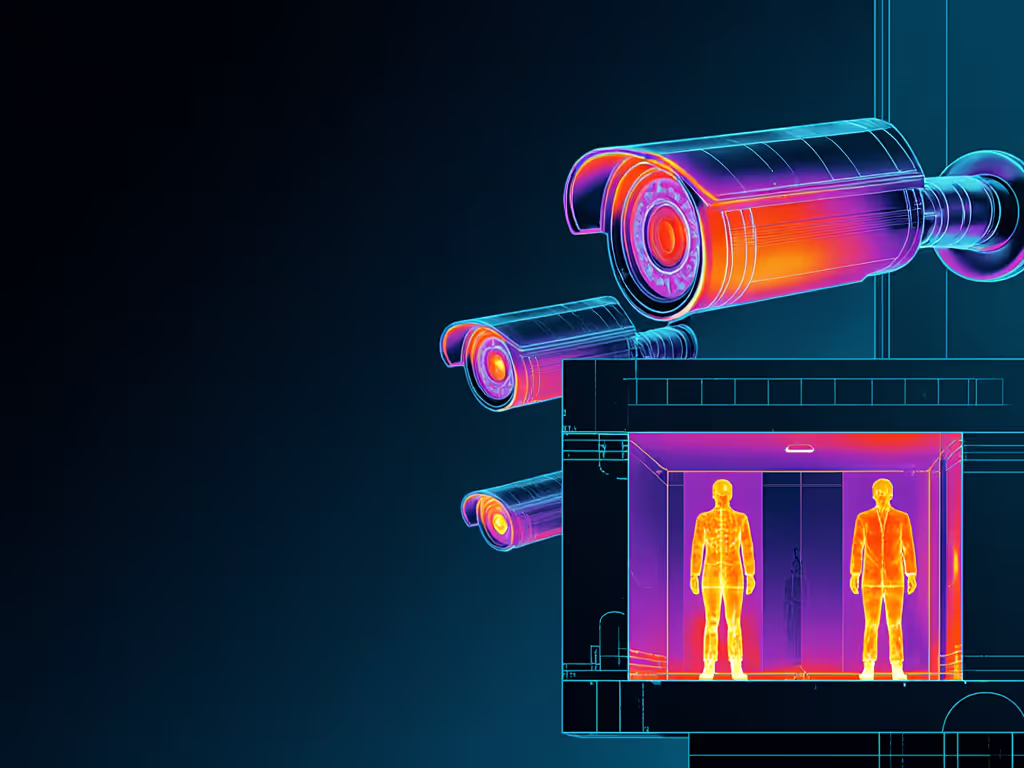
Profile G: Analytics Without Evidence Corruption
Advanced motion zones and AI detection only matter if they enhance evidence quality. Profile G compliance enforces strict protocols for:
- Bounding box metadata that survives export
- Motion heatmap overlays that don't obscure critical details
- Tamper detection alerts logged in universal event formats
Vendors often tout "AI-powered analytics" as standalone features, but without ONVIF, these overlays frequently pixelate or detach during export. To see how proper analytics reduce noise without breaking evidence chains, read our Video Content Analysis guide. An evidence-centered evaluation demands objective failure notes: if analytics degrade image fidelity during playback, they're liabilities, not features.
The Future-Proof Imperative: Beyond Initial Purchase
Your camera system's weakest link isn't its resolution; it's its capacity to adapt when evidence demands evolve. Consider two scenarios:
| Proprietary System | ONVIF-Compliant System |
|---|---|
| Adding a license plate camera requires buying the same brand's NVR ($400+) | Swaps in any Profile S/T camera tomorrow (no ecosystem tax) |
| Firmware updates break third-party integrations (Home Assistant/HomeKit) | Guaranteed interoperability via ONVIF's certified conformance testing |
| Police evidence portal rejects custom .bin files | Exports universal MP4 files with forensic watermarking |
This is where future-proof surveillance transcends marketing fluff. Also choose your cloud vs local storage strategy early to ensure exportability and access during outages. ONVIF's annual conformance testing (detailing specific ONVIF implementation guide requirements) ensures today's camera speaks the evidence language of 2030. When your system must integrate with municipal evidence management platforms, or a new camera brand enters the market, ONVIF compliance means your footage remains chain-of-custody ready.
Execution Checklist: Prioritizing Evidence Workflow
Don't just verify "ONVIF compliance" on a spec sheet. Demand these evidence-critical validations:
- Test the export chain: Request sample footage from the vendor exported to a generic player like VLC. If it requires proprietary software to view, reject it.
- Verify timestamp accuracy: Compare NTP-synced camera time against atomic-clock sources over 72 hours. Drift >500ms invalidates alibi timelines.
- Audit audio sync: Play a metronome clip at 5ft/10ft/15ft, then listen for sync drift during playback. Asynchronous audio gets evidence thrown out.
- Check profile granularity: "ONVIF compliant" means nothing without specified profiles (S/G/T). Profile S is the absolute minimum for evidence-grade systems.
Evidence over features.
Final Verdict: Compliance as Evidence Insurance
ONVIF compliance security cameras aren't about saving money on hardware; they're about preventing catastrophic evidence failure. Systems built on open platform security systems deliver the ultimate ROI: footage that police accept the first time. When multi-brand camera integration works seamlessly, you eliminate the single-point failures that turn clear footage into unusable noise during disputes.
The hit-and-run case that shaped my career succeeded because both cameras spoke ONVIF Profile S. No custom codecs, no vendor-specific timestamps, just exportable footage with ironclad context. In security, boring interoperability is the hero feature. Prioritize it early, audit relentlessly, and never accept a system where your evidence depends on one company's whim.
Final Verdict: If your camera system lacks verified ONVIF Profile S compliance, it's not evidence-ready. Demand conformance certificates, not marketing claims, and build a system where footage stands up when it matters most.
Related Articles

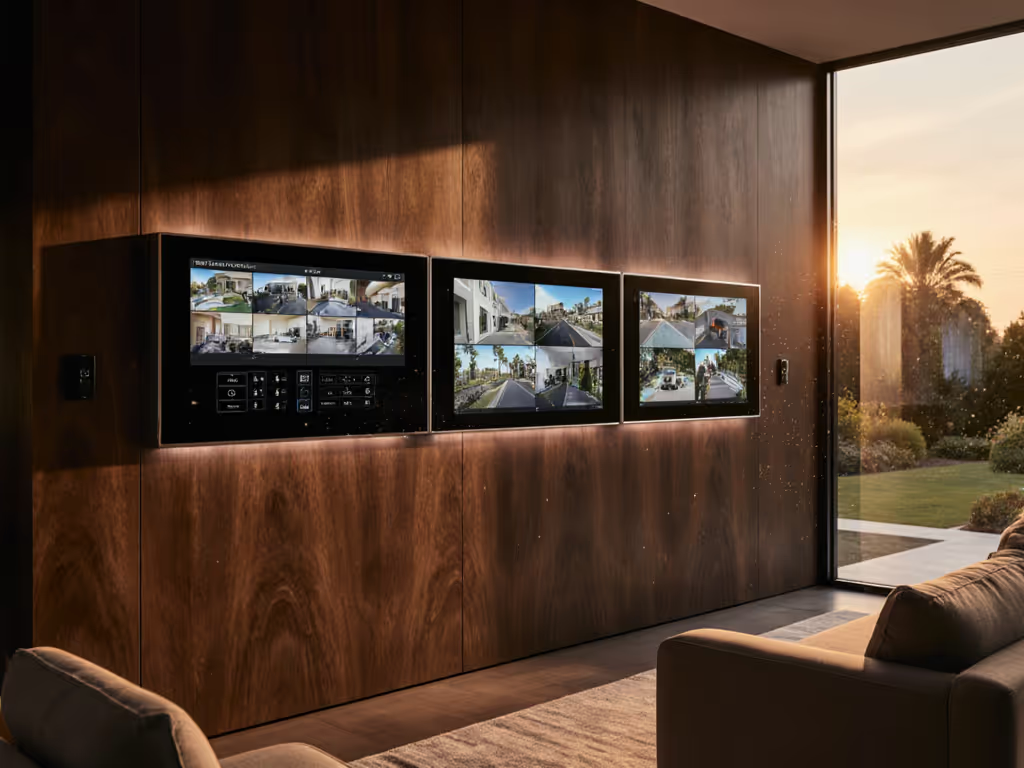
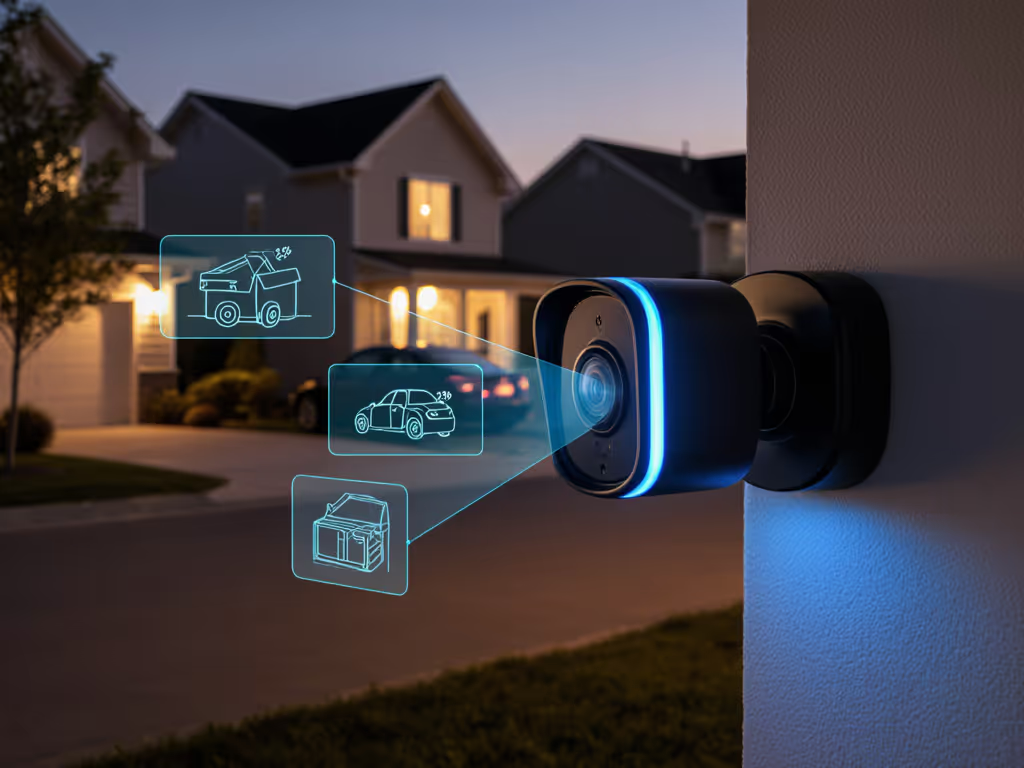
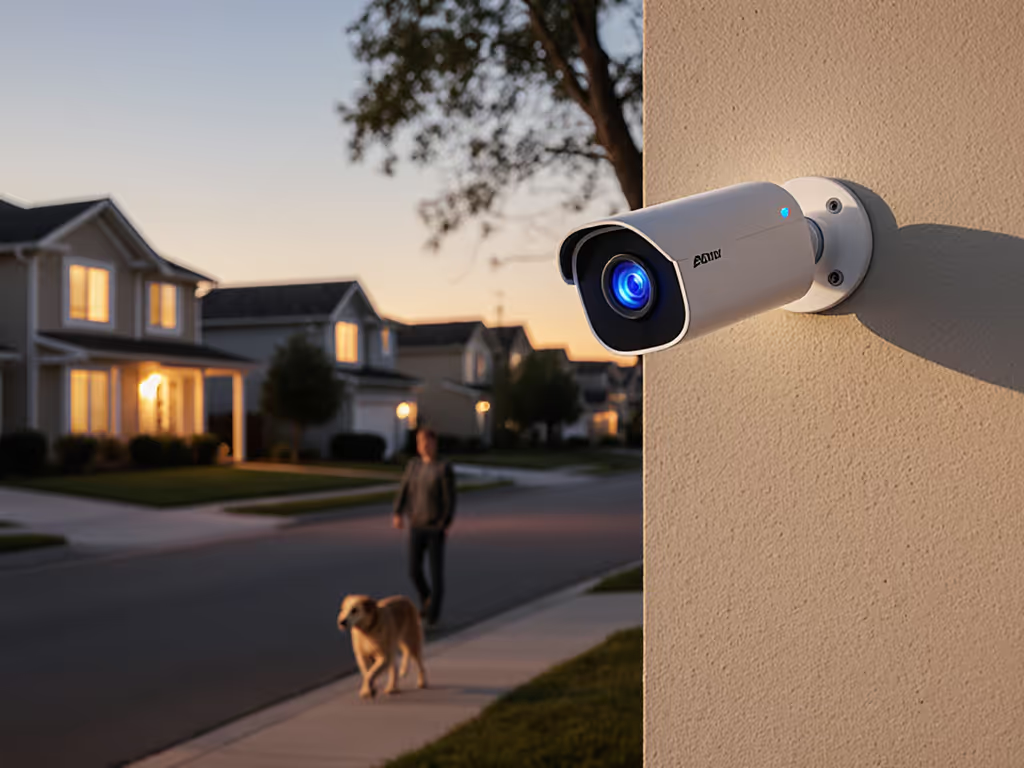
ADT Camera AI: Accuracy Tested, False Alarm Reduction Compared
A data-driven field test shows ADT’s Nest-powered AI cuts false alerts by 27% versus basic motion detection, yet lags on speed and night identification due to cloud processing. Compare its real-world accuracy, latency, and subscription trade-offs to faster, on-device competitors.
